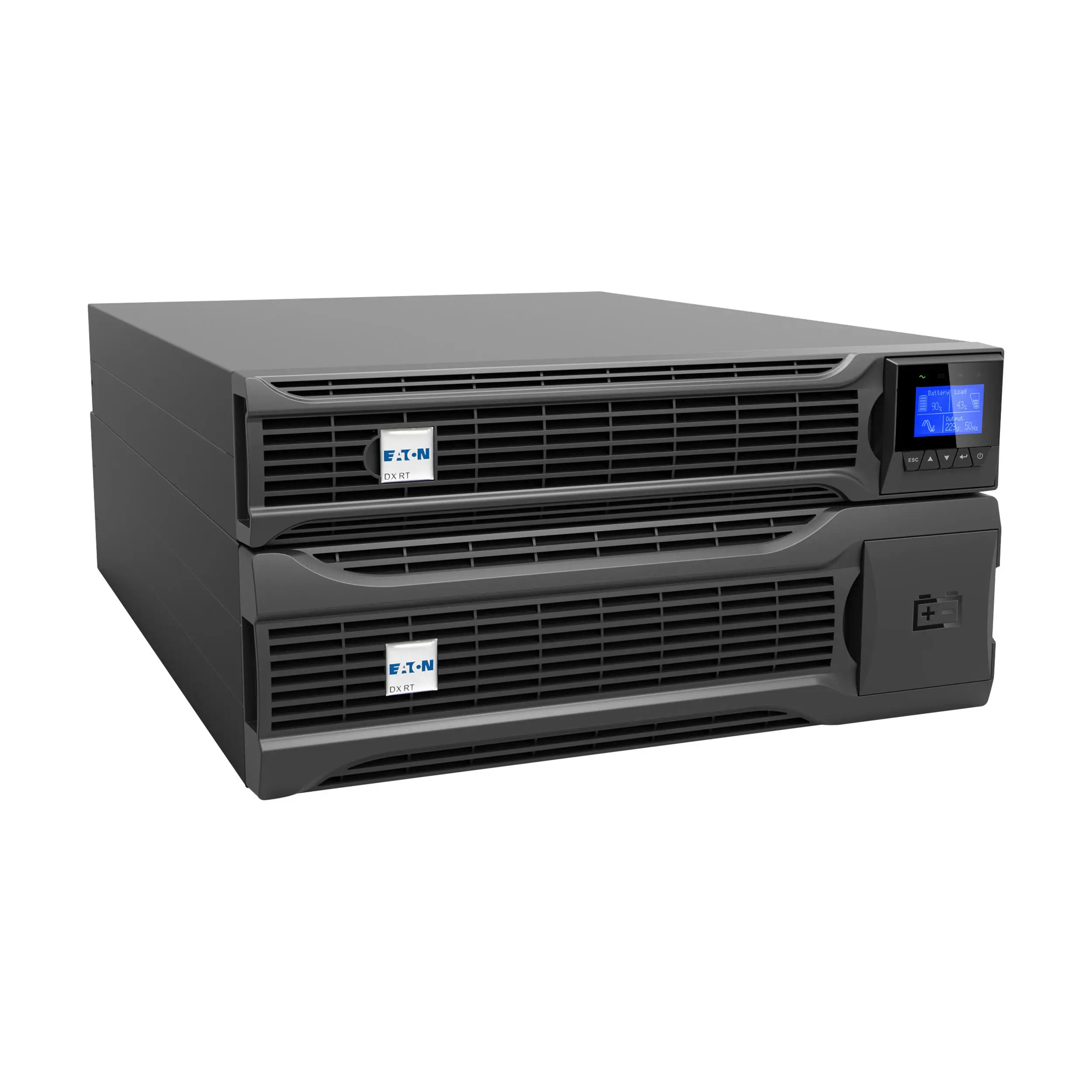What Are the Main Components of a UPS System?
An Uninterruptible Power Supply (UPS) system is a crucial piece of equipment designed to provide backup power in case of outages, ensuring that computers and other electronic devices continue to operate without interruption.

Understanding the main components of a UPS system can help users select the right model for their needs. Here are the key components:
1. Battery
The battery is the heart of a UPS system. It stores electrical energy and provides power during outages. UPS batteries are typically lead-acid or lithium-ion, and their capacity dictates how long devices can be powered during an interruption.
2. Inverter
The inverter converts the stored battery power from direct current (DC) to alternating current (AC) to match the requirements of the devices connected to the UPS. This component is vital for ensuring a seamless transition of power supply when switching from main power to battery backup.
3. Rectifier
The rectifier works in conjunction with the inverter. When the main power supply is functioning, the rectifier converts AC from the wall outlet into DC to charge the batteries. This ensures that the batteries are always charged and ready to take over in case of a power failure.
4. Surge Protector
A UPS system often includes surge protection features to safeguard connected devices from power spikes and surges that can damage electronic components. This ensures that both the UPS and the devices are protected from voltage fluctuations.
5. Control Circuitry
The control circuitry is responsible for monitoring the UPS system’s performance, managing the charging of batteries, and directing power flow. This component can also communicate with connected devices, providing status updates and alerts regarding battery health and power conditions.
6. Output Receptacles
Finally, output receptacles are where you plug in your devices. Depending on the type of UPS system, these may vary in number and type (such as standard AC outlets, USB ports, or specialized connectors) to accommodate different devices’ power requirements.
Conclusion
Understanding the main components of a UPS system is essential for anyone looking to invest in a reliable power backup solution. By knowing how each part functions together, users can make informed decisions and ensure that their critical electronics remain powered during outages.